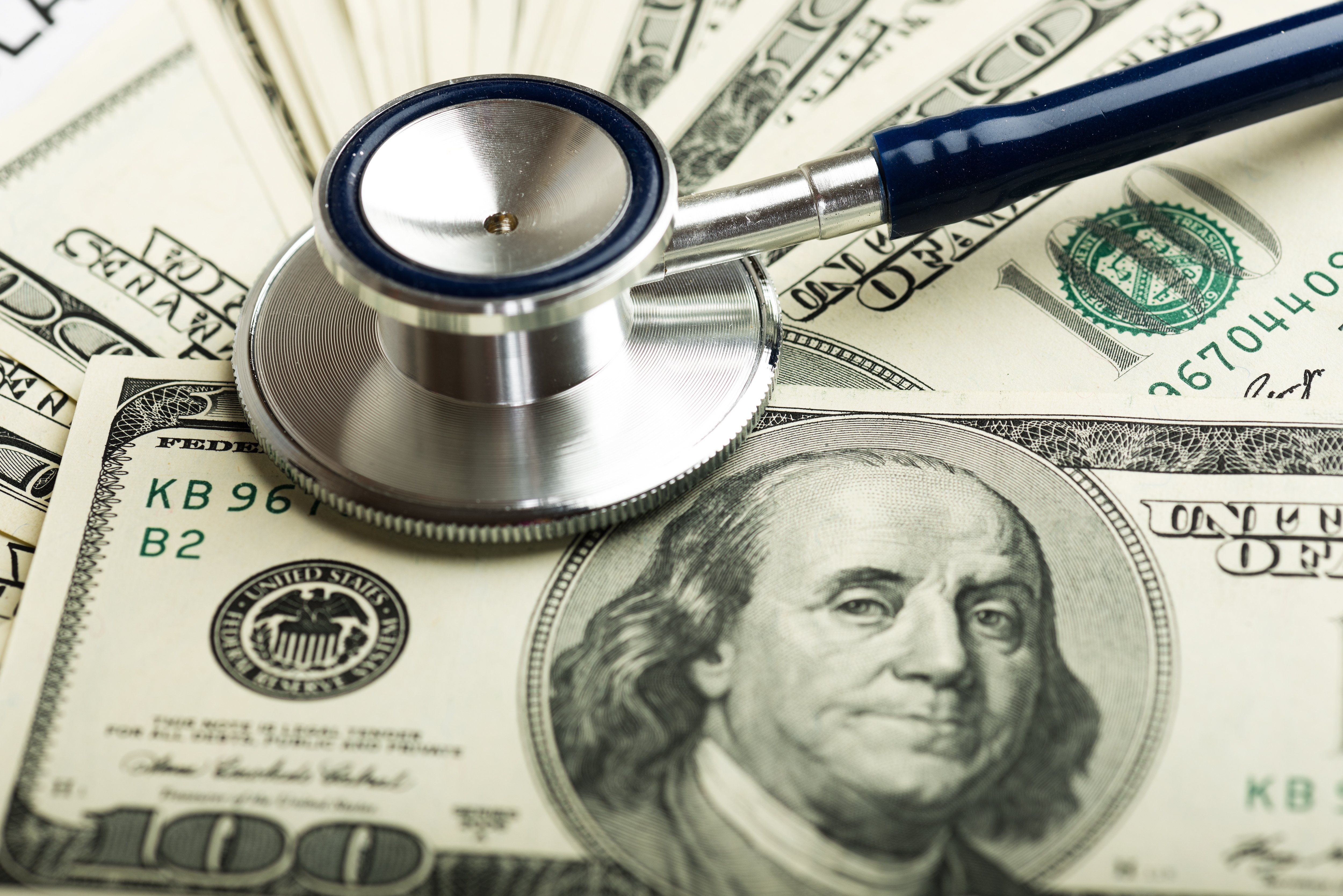Article
Where can medical practices get financial help?
Author(s):
Private practices that are or think they will soon be in a financial bind because of the COVID-19 crisis have some options.

Private practices that are or think they will soon be in a financial bind because of the COVID-19 crisis have some options. For starters, they can get a bank line of credit to cover expenses for a couple of months.
“Many practices are going to banks to extend their lines of credit, which have become much more flexible,” says Halee Fischer-Wright, MD, president and CEO of MGMA. “With the interest rates close to zero, banks want that kind of business.”
Under the recently enacted rescue legislation known as the CARES Act, businesses with fewer than 500 employees can access $349 billion in loans from the U.S. Small Business Administration (SBA). The low-interest loans, available through June 30, are designed to cover up to eight weeks of payroll costs and can also be used to pay mortgage interest, rent and utilities.
An SBA loan can be forgiven if a business uses at least 75 percent of the money to cover payroll. Otherwise, the money must be repaid within two years. Loan payments are deferred for six months.
The CARES Act also authorizes the Centers for Medicare and Medicaid Services (CMS) to expand its accelerated and advance provider payments, normally designated for natural disasters. Qualified physician practices can apply to their Medicare Administrative Contractors (MACs) for an advance payment of up to three months’ worth of their historical Medicare reimbursement. The payments will be issued within seven days of the provider’s request, according to CMS.
For 120 days after the payments are issued, practices can continue to bill Medicare and be reimbursed for their services. At the end of that period, CMS will begin to recoup the advance payments by subtracting them from new Medicare claims until they are repaid.
Some observers are skeptical these actions will be sufficient.
“This is a half-measure, in my opinion,” says Yul Ejnes, MD, an internist in Cranston, R.I. “All this does is defer the financial hit that will result from COVID-19, which will occur at the time of recoupment instead of right now.”
Fischer-Wright agrees. “If you’re trying to make your practice work today, if you’re under the gun, the CMS program allows advance payments that you can receive in seven days. That’s the tourniquet on the arterial bleed.” MGMA, the American Medical Association, and the American Hospital Association are lobbying Congress to remove the repayment feature of these loans, she says.
Meanwhile, CMS recently made another rule change that should significantly help practices that now depend on telehealth revenues. When CMS allowed Medicare to cover telehealth visits from any location in any area of the country during the COVID-19 emergency, it restricted full reimbursement to audio-visual visits. It didn’t raise payments for telephonic encounters, which were limited to $15 per visit, Ejnes says. In late March, however, CMS said it would started paying for telephone calls with patients as a telehealth service. According to Ejnes, the payments have been set at a level somewhere between that for office-based E/M codes and the old telephonic rate, using CPT codes 99441-99443. “It is helpful, without a doubt,” he says.





